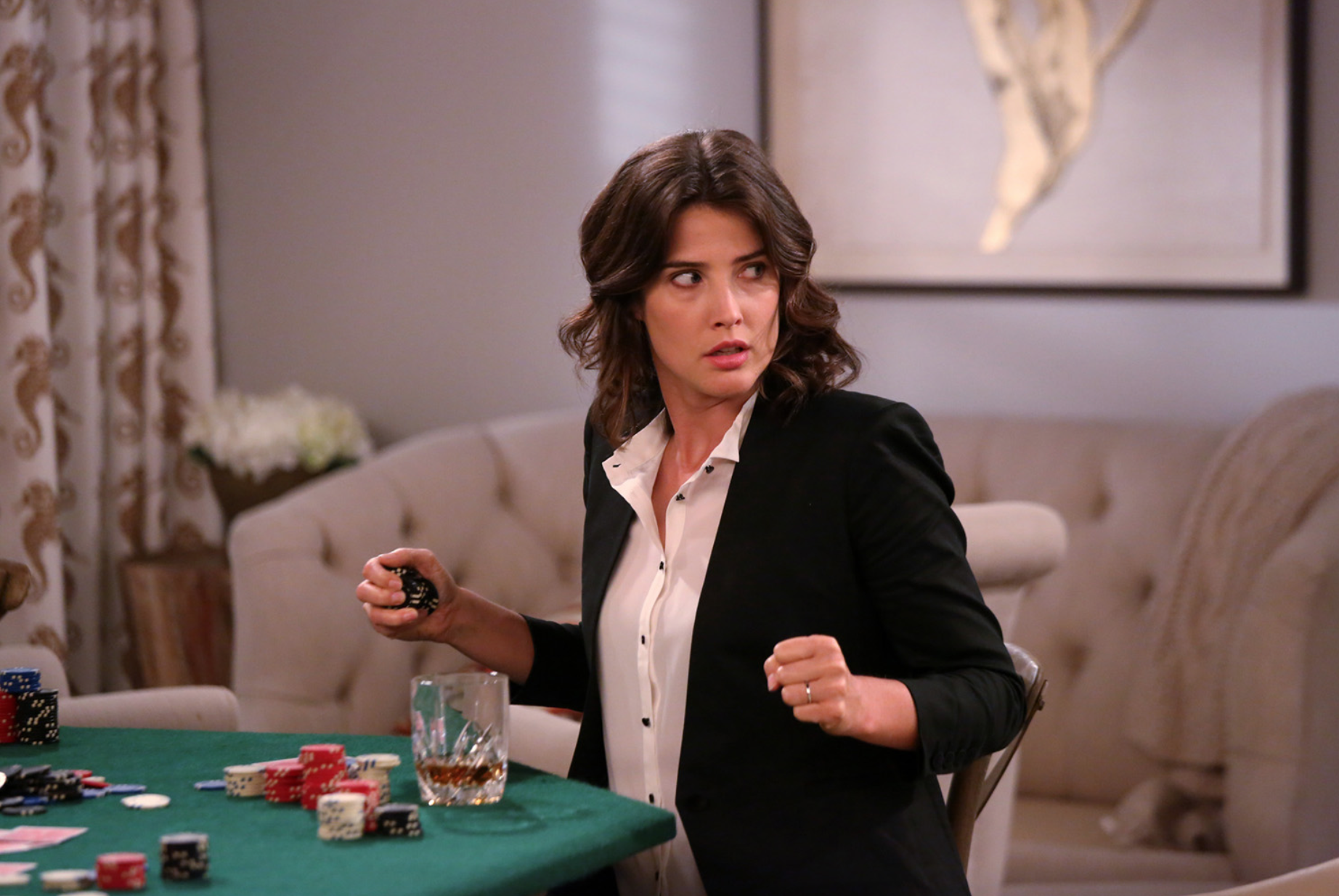The Cool Girl Trope: Why It’s Ruining Our Reality
Image Courtesy: Strike Magazine Tallahassee
“Men always say that as the defining compliment, don’t they? She’s a cool girl. Being the Cool Girl means I am a hot, brilliant, funny woman who adores football, poker, dirty jokes, and burping... Cool Girls never get angry; they only smile in a chagrined, loving manner and let their men do whatever they want.”
These are the lines Amy Dunne–the female lead of Gillian Flynn’s novel Gone Girl–recites in her infamous “Cool Girl” monologue. She describes “Cool Girls” as the exact mirror of a man; all of their desires and fantasies embodied in the "perfect" woman. They have to be “chill” and loose, but most importantly, they must be insanely attractive. But Amy Dunne was once herself a “Cool Girl,” so she knows that this woman is nothing more than a façade.
So many films and TV shows constructed by men feature this “Cool Girl” trope. Male writers have found a way to put their dream girl into a fictional character and make that girl fall in love with a man like them. They are living through these characters and, in turn, creating an unobtainable standard for actual women. According to the trope, it is only acceptable to be a woman if you act like a man.
Image Courtesy: Showbiz Cheat Sheet
Although only given a name in 2012 by Gillian Flynn, the “Cool Girl” trope was utilized throughout movies and television for quite some time. One of the most well-known examples being Robin Scherbatsky from How I Met Your Mother. Robin is a scotch-loving, gun-obsessed, cigar-smoking woman- the exact embodiment of a “Cool Girl.” Her love interests in the show, Barney and Ted, even mention this as one of the reasons they are so attracted to her; she is just “one of the guys.” Other examples of this include Donna from That 70s Show, a tomboy who loves wrestling, and Black Widow, from the Marvel franchise, that can handle guys, but is still hyper-sexualized. When it comes to illustrating this trope, Mikaela from Transformers stands out as one of the most relevant examples. Mikaela’s passion for fixing cars attracts the attention of the main character, Sam (in addition to her insane attractiveness). The “Cool Girl” trope could've been modified to make Mikaela a relatable character. She could’ve been a character who loves cars and experiences growth throughout the movies, instead, she turns into the personification of male fantasies. That’s not to say women can’t enjoy the typical things men enjoy like smoking cigars and fixing cars, but the problem arises with the way these women are portrayed in the media. These characters have no nuance, they are simply sexual objects meant to be drooled over by men.
Image Courtesy: Transformers Wiki
The “Cool Girl” trope doesn’t just exist within films and television; this trope heavily affects our reality and puts pressure on women to conform to these standards. Seeing these actresses portrayed on screen has led women to believe that competing for these specific qualities is important to the desired male gaze. Pretending to be a “Cool Girl” will only convince other women that this person isn’t a myth. Some celebrities have been called out for trying to encapsulate this trope in real life, like Jennifer Lawrence. Her quirky personality, where she talks about junk food and swears can be seen as her trying very hard to bring the “Cool Girl” trope to life.
Image Courtesy: Vanity Fair
Another issue stemming from the trope is the misogyny that comes along with it. “Cool Girls” are meant to reflect the male fantasy, so when a man is misogynistic, they are supposed to brush it off. The trope actually thrives off misogyny and pins women against each other. A popular phrase that goes along with the trope is “she’s not like other girls.” “Cool Girls” want to be separated from other women, especially because they are usually placed in direct contrast to the hyper-feminine character. This character is stereotypically emotional and uptight, and always beaten by the “Cool Girl” character under the male gaze. This trope reinforces the idea that a more nuanced woman, like the feminine character, is inferior to the “Cool Girl.”
Although the “Cool Girl” is very far from being something positive in media representation, there are ways that the “Cool Girl” trope influences women in real life. Instead of depicting this woman as the male fantasy, this character can have her own traits and character growth. She can still possess qualities of the “Cool Girl” like an interest in sports and poker, while also being emotionally intelligent, confident, and feminine. Women are their own people; this individuality must translate into the media. We must strive to create characters that inspire all young women, not just those who fit into harmful tropes. The next time a young girl points at her screen and says, “I want to be like her,” let's ensure that the character she looks up to represents an empowering depiction of a woman.
Strike Out,
Writer: Isabella Santiago
Editor: Racquel Gluckstern
Graphic Designer: Maria Gonzalez
Tallahassee




